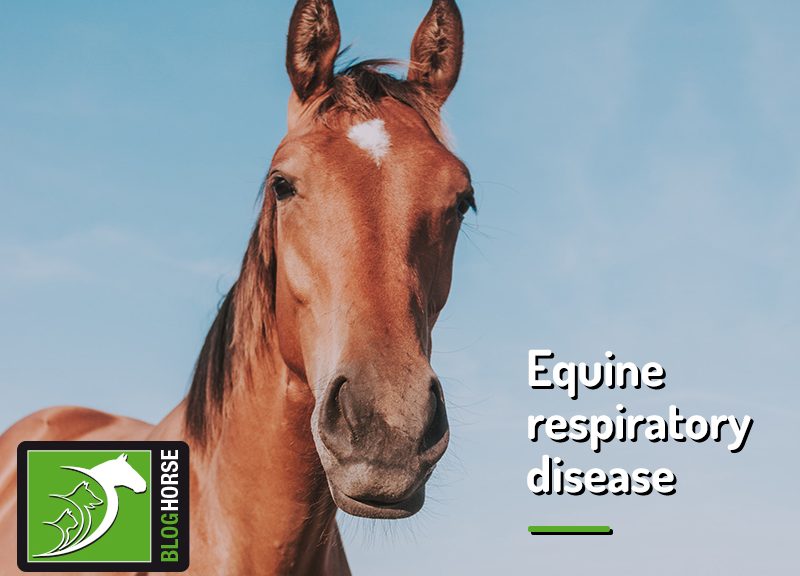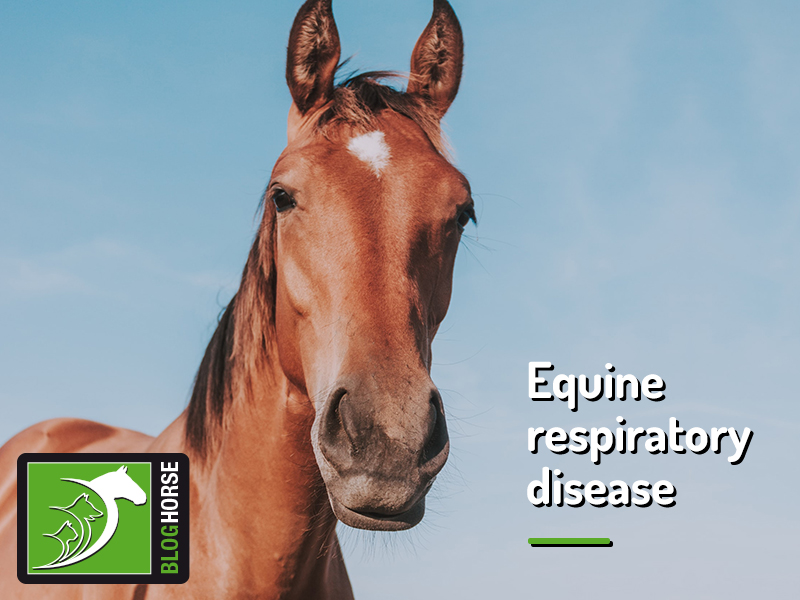Fun fact about horses’ anatomy and respiratory system:
Did you know that whilst most other mammals, such as cats and dogs, have 13 pairs of ribs, horses usually have 18?
This means that their chest is longer, allowing it to accommodate a large set of lungs that have a capacity of around 55 litres, which is nine times superior to ours. This is one of the reasons why horses are capable of such strenuous exercise and work.
Lungs are an important part of horses’ respiratory system. It’s in the lungs’ alveoli that gaseous exchange occurs, allowing oxygen to enter the horse’s bloodstream and carbon dioxide to be eliminated from the body.
That said, today, we’re raising awareness of important conditions that can affect a horse’s respiratory tract, what you can do to keep your horse healthy and how you can spot respiratory issues at an early stage.
Common horse respiratory diseases
There are many diseases that can affect a horse’s respiratory system, which we can divide into two large groups:
Infectious diseases:
- Viral infections, such as equine influenza and equine viral arteritis
- Bacterial infections, such as strangles, and secondary infections
Non-infectious diseases:
- Inflammatory airway disease
- Recurrent airway obstruction
What can you do to promote your horse’s respiratory health?
Staying informed is key, so don’t hesitate to seek professional advice when needed and discuss any concerns that you may have with your vet.
Knowing how to spot indicators of respiratory issues is very important as well so that you can tackle these at an early stage.
Regarding infectious diseases, some can be prevented through vaccination. Vaccination protocols are recommended based on a number of factors, including age, lifestyle and environment, so you should discuss this with your vet to find out what would be best for your horse.
As for non-infectious diseases, the ones that we mention above have an allergic nature, which means that part of their management involves environmental changes to remove or minimise potential allergens in the air.
Spotting respiratory signs
There are obvious signs of respiratory disease that everyone can easily identify, such as nasal discharge, coughing, and reluctance to exercise (although this last sign can be caused by many non-respiratory problems as well).
But it’s also important to be aware of more subtle signs, such as an increased respiratory rate and other non-specific signs like altered behaviour, loss of appetite, weight loss, lethargy, fever, and swollen lymph nodes.
If you recognise any of these, contact your vet so that they can examine your horse as soon as possible and if necessary, start treatment straight away!
Would you like to know more about horses? Check our Equine Courses:
Equine courses

